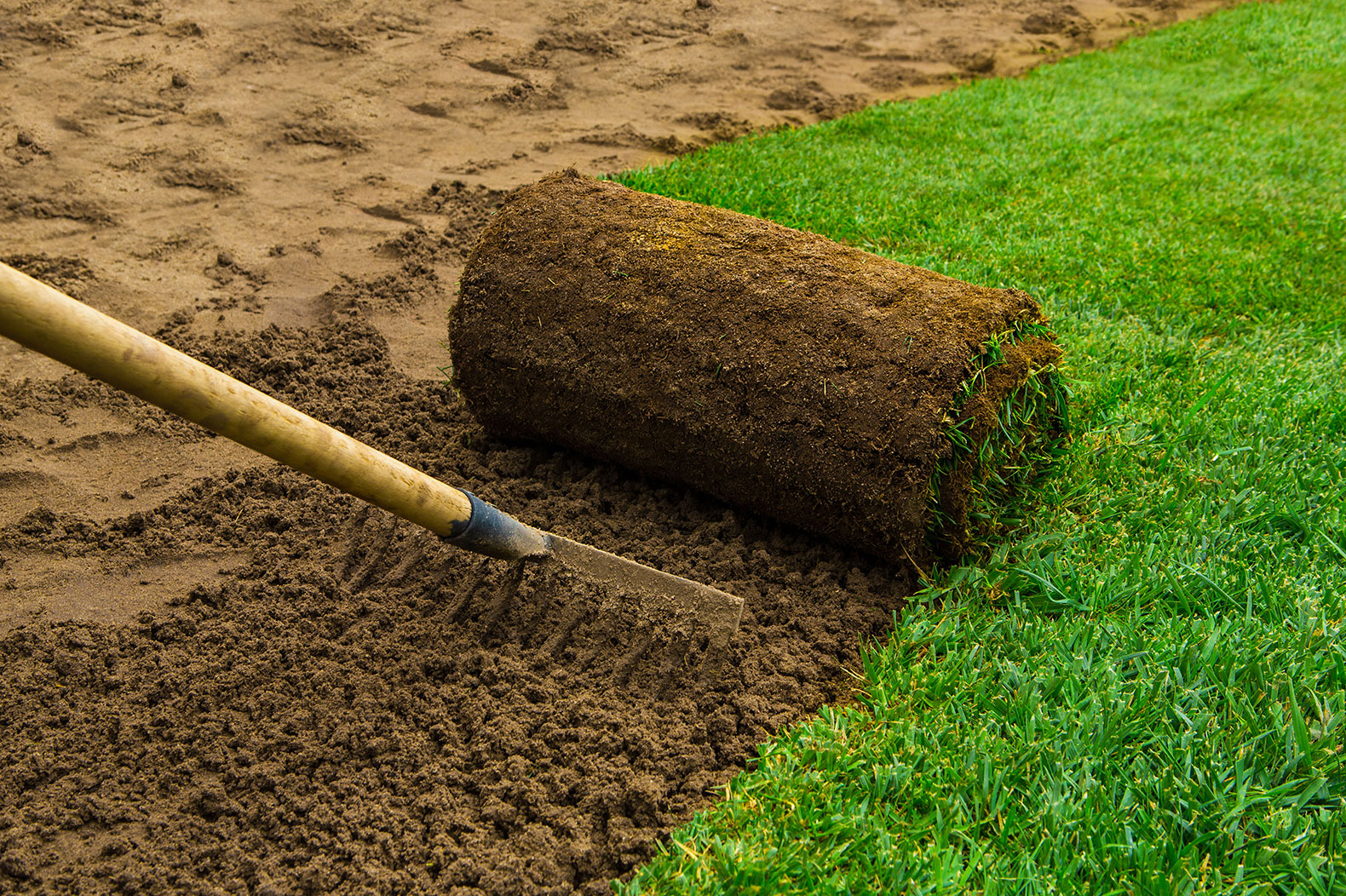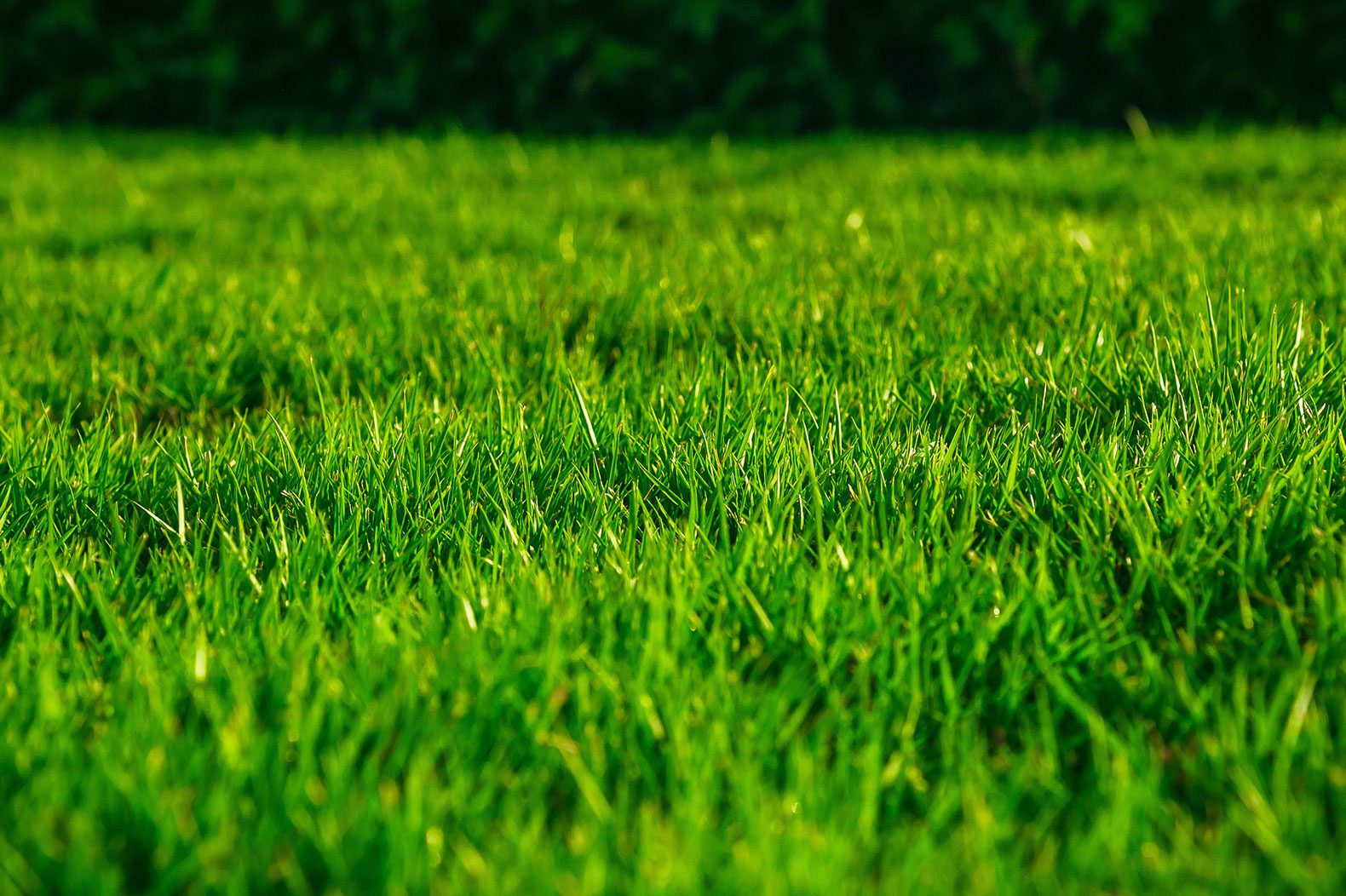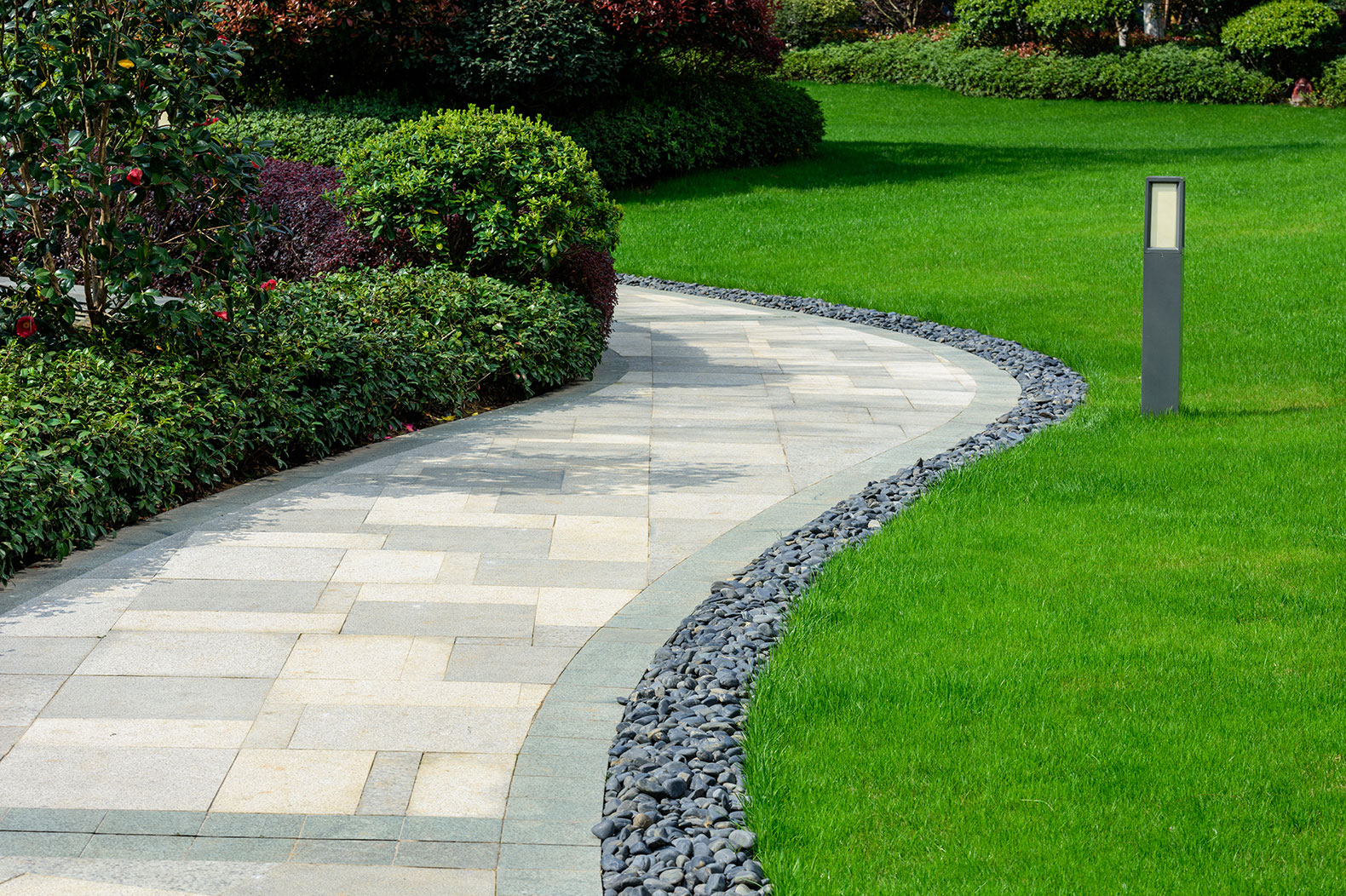Turf
Which turf do I need?
It is important to identify what you want out of your lawn and how you intend to use it, how much sun the area gets and your budget. The best way to choose your new lawn, is to identify your wants, needs, and most importantly – the environmental factors of your site:
- Does your area receive shade, full sun or both?
- Would it receive at least 2 hours of direct sun per day?
- Is a low maintenance lawn a key priority for you?
Check out our handy guide below to help identify which Lawn best suits your purposes.
LAWN COMPARISON GUIDE
Twin View Sir Walter DNA Certified
• Easy maintenance
• Australia’s favourite lawn
Drought Tolerance – HIGH
Minimum Sun Required – 2 HRS
Weed Resistance – HIGH
Foliage Texture – SOFT
Self Repairing – HIGH
Maintenance – LOW
Twin View Nullarbor Couch
• Manicured look and feel
• Deep green colour
Drought Tolerance – LOW
Minimum Sun Required – 7+ HRS
Weed Resistance – MEDIUM
Foliage Texture – MEDIUM
Self Repairing – MEDIUM
Maintenance – MEDIUM TO HIGH
Twin View TifTuf
A summer stunner requiring upwards of 4 hours of full sun daily, a low maintenance, efficient turf choice.
• Water
Drought Tolerance – HIGH
Minimum Sun Required – 4-5 HRS PER DAY
Weed Resistance – MEDIUM TO HIGH
Foliage Texture – SOFT
Self Repairing – HIGH
Maintenance – LOW
How much Turf do I need?
To work out the square metrage of area you want to turf just multiply the length by the width of each section and add together for a total SQM. Allow an extra 10% for cutting in. Use this handy guide to work out your SQM or come in and see us with your plans and we can help work it out.
Measuring Your Site
Step 1. Sketch Your Site
Using pen and paper, replicate your site as a basic line drawing. It only needs to be a concept drawing for you to note the measurements you’re about to take.
Step 2. (If Applicable) Divide Into Areas
If your site features multiple sections, bends and / or curves, divide them in to suitable sections as rectangles.
Step 3. Measure
Using a tape measure, record the actual length and width of each section, as indicated on your concept drawing.
Step 4. Do The Math
Using the length and width, calculate the square meterage of each section by multiplying them together. Now simply add the sum of all sections together to discover your total area in m2.
How do I lay my Turf?
Good preparation is essential for a great result, starting with a good quality underturf (check out our Sandy Loam) and ending with a Lawn Roller to achieve a compact and level surface for your new Lawn. We also recommend applying a lawn starter fertiliser to your site to provide additional nutrients, giving your new lawn the best possible environment to establish and thrive.
Follow these easy steps to prepare your site for your lush, new lawn.
Step 1. Clear Your Site
It’s common for construction materials, rocks, weeds and rubbish to be left on a house construction site. It’s important to clear your site of these items, as they can influence the growth and long-term quality of your new lawn. You’ll also need to apply a glyphosphate herbicide to the site. This will kill off any weeds present in the soil and create a healthy base for your new lawn.
Step 2. Apply New Top Soil
Your new lawn relies on a number of vital nutrients to help it grow, all of which can be found in a quality sandy loam – available from your local landscape yard. You should apply enough soil for a 50 – 100mm depth coverage across the entire site. Next, you’ll need to spread the soil across the site using a bobcat, dingo or soil spreader– depending on the size of the site.
Step 3. Soil Compaction
Your new layer of fresh, quality top soil needs to be lightly compacted. Use a lightweight lawn roller, or the back of a spade – ensuring the result is a smooth, even compacted surface. We also recommend applying a lawn starter fertiliser to your site to provide additional nutrients, giving your new lawn the best possible environment to establish and thrive.
Turf Delivery Gold Coast & South Brisbane
Place your order before 12pm weekdays for next day availability for Direct Deliveries. Direct Deliveries are available Monday to Saturday and will incur a $140 delivery charge.
Pick up available free in store every Friday & Saturday or we can arrange delivery in our of our trucks for orders under 40 sqm, just give us a call for a quote.



